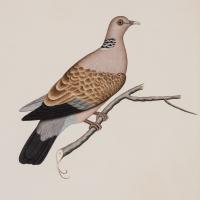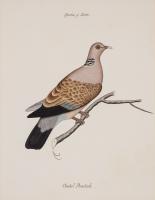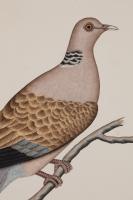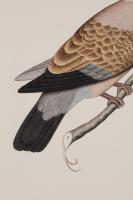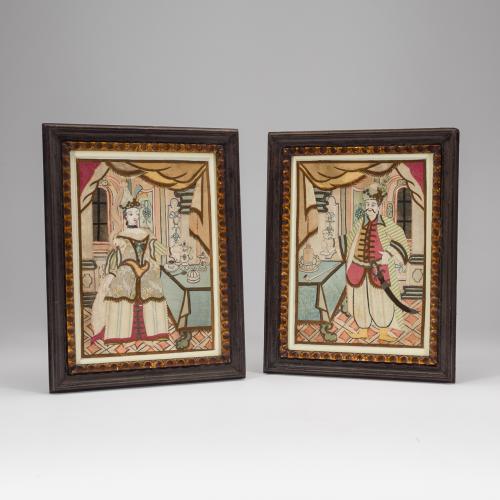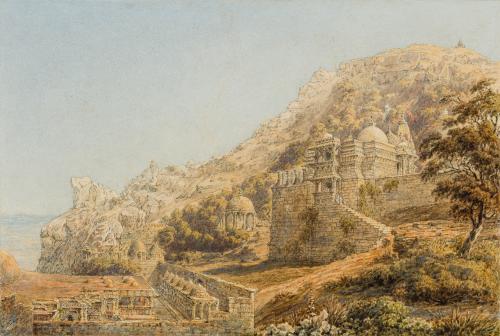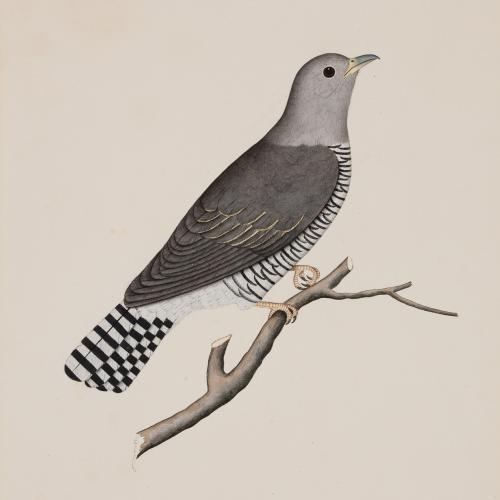
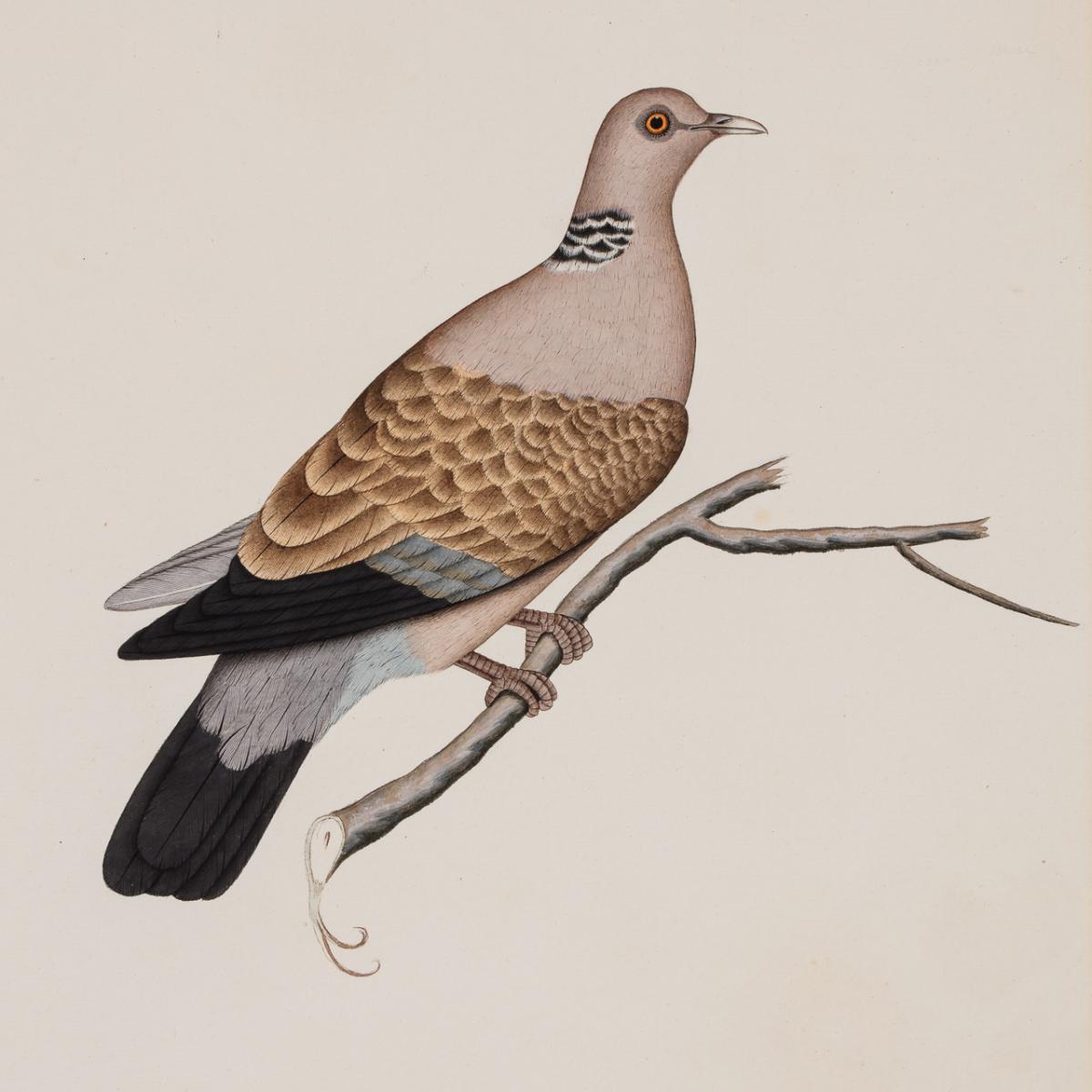
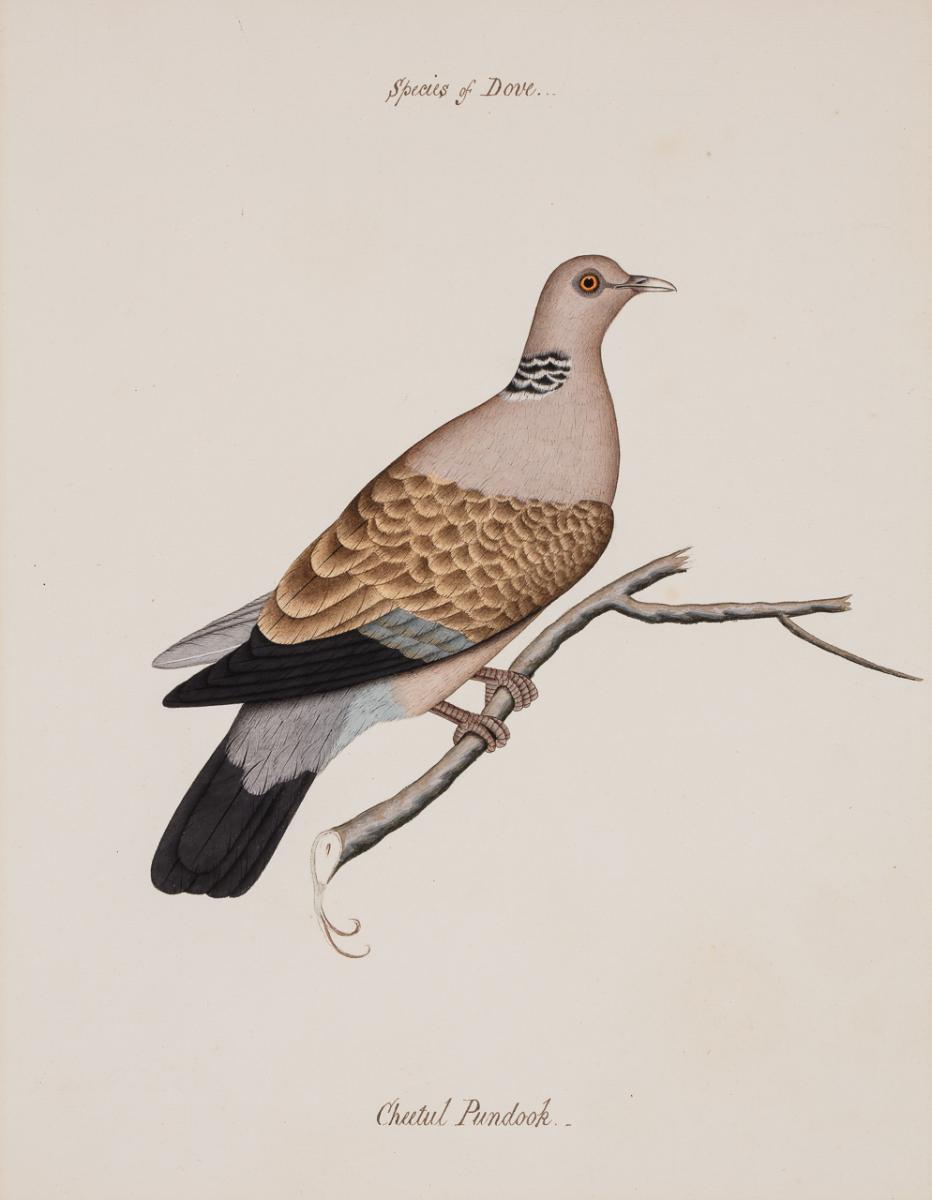
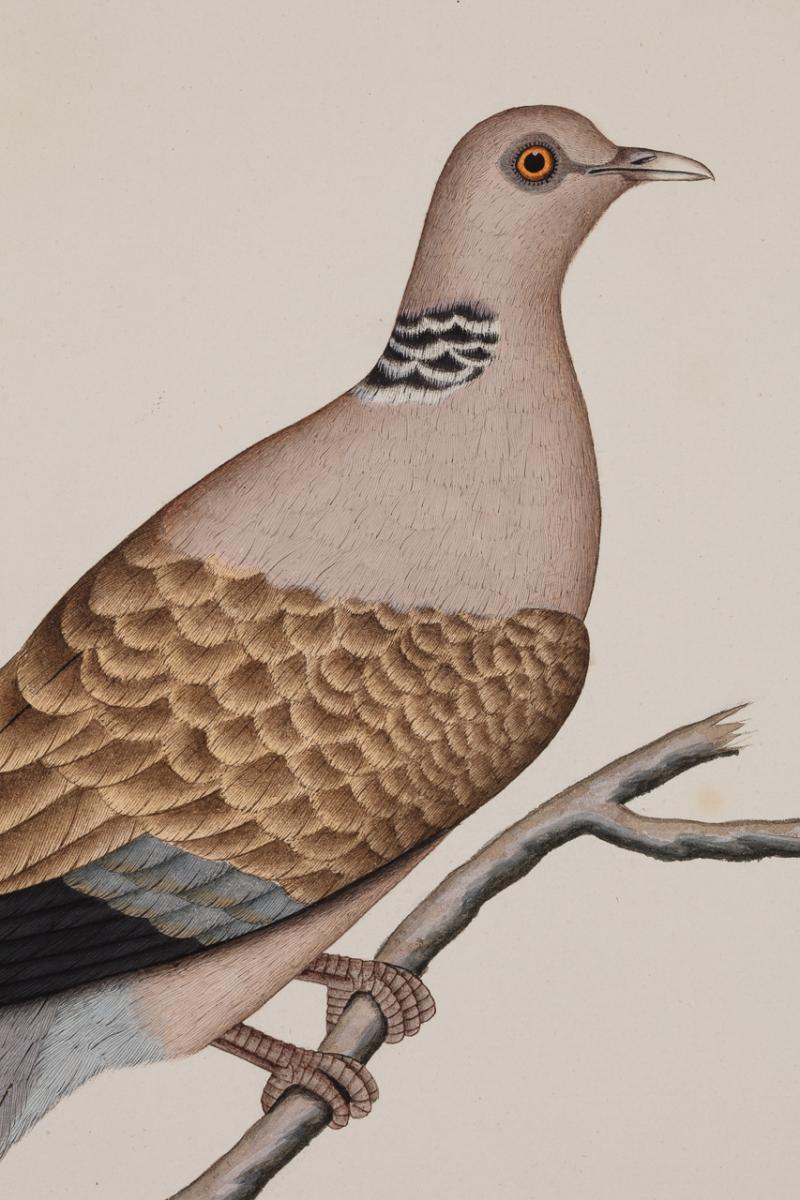
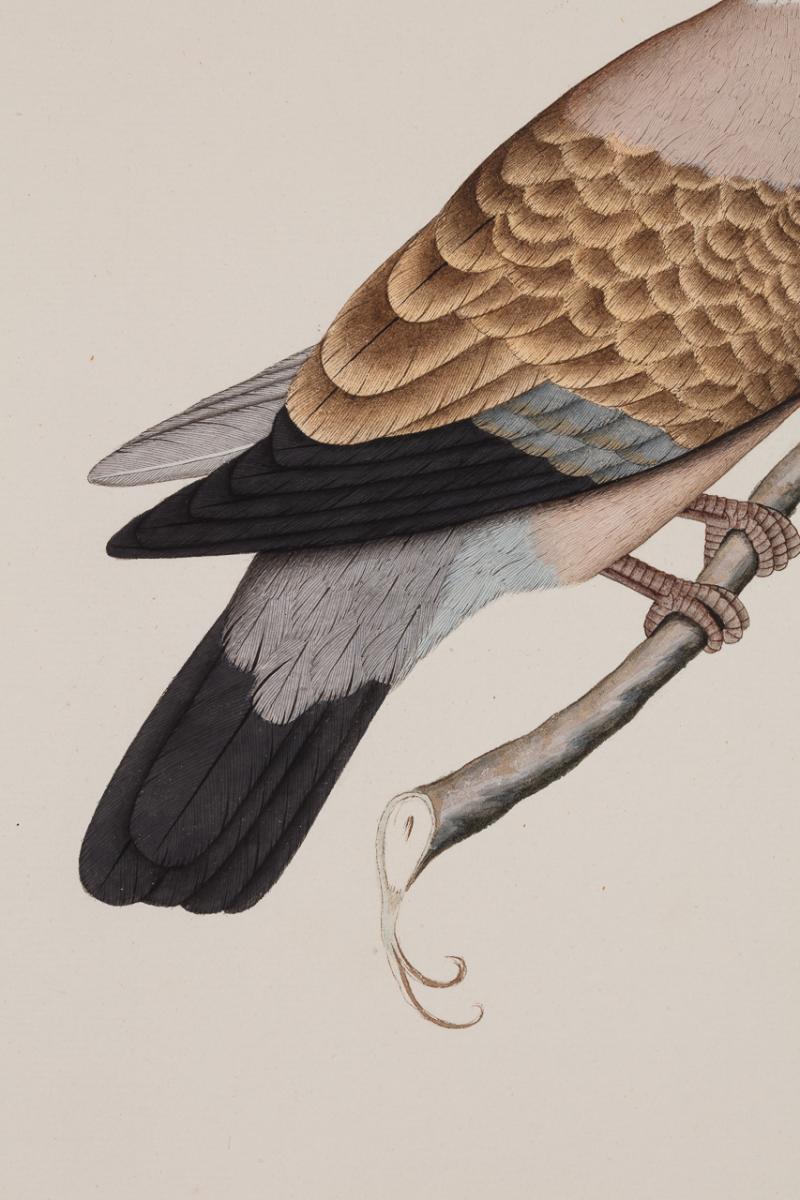
Price on application
This object is eligible for a Certificate of BADA Provenance
The BADA Standard
- Since 1918, BADA has been the leading association for the antiques and fine art trade
- Members are elected for their knowledge, integrity and quality of stock
- Our clients are protected by BADA’s code of conduct
- Our dealers’ membership is reviewed and renewed annually
- Bada.org is a non-profit site: clients deal directly with members and they pay no hidden fees
Company School Painting of a Spotted Dove (Cheetal Purdook).
India, circa 1800.
Gouache on paper.
56.5cm high, 46.5cm wide.
Provenance: Purchased from Toby Falk in 1975.
Prominent UK private collection.
A highly detailed painting of an Indian Spotted Dove perching on a branch, inscribed above with the English ‘Species of Dove…’ and below with ‘Cheetul Pundook’, a rough approximation of the species name in Hindi, चितरोख या चित्रपक्षपण्डुक (Chitarokh Pundook).1 Spotted doves (Spilopelia chinesis) are a small bird in the family columbidae native to the Indian subcontinent, most recognisable for their white-spotted black collar patch, from which their name derives.2 The bird has been painted with gouache on European cartridge paper, watermarked with a fleur-de-lys and the letters GR, the cipher of King George III (r. 1760-1820).
Company paintings were so-called because they were commissioned by the members of the British East India Company, documenting the new flora and fauna they encountered in India to send home.3 The artists were local Indians, whose names have generally been lost in favour of the commissioning Company men and women. As the first capital of British India, Calcutta was one of the early production centres. Calcutta School avifauna paintings can be distinguished by the absence of background or shadows cast by the birds, as well as the great attention paid to the plumage. Artists were hired to paint the menageries and botanical gardens of wealthy patrons like Lord Impey, Chief Justice of the High Court, and the Marquess Wellesley, Governor General.4 This painting comes from an album of bird paintings commissioned by a wealthy British patron. Other pages, including studies of a swift in flight, a woodpecker, a grey-headed myna, and an unidentified black bird, have been sold at auction over the past decade. The Calcutta School was, however, short lived, dwindling when photography was introduced to India in the early 1840s.
1 With thanks to Ananya Sharma.
2 Ali, Salim, and Ripley S. Dillon. Handbook of the Birds of India and Pakistan, Together with Those of Nepal, Sikkim, Bhutan and Ceylon. Vol. 3. 10 vols. Bombay: Oxford University Press, 1968. Pp. 152-153.
3 Sardar, Marika. ‘Company Painting in Nineteenth-Century India.’ In Heilbrunn Timeline of Art History. New York: The Metropolitan Museum of Art, October 2004.
4 Ibid.
The BADA Standard
- Since 1918, BADA has been the leading association for the antiques and fine art trade
- Members are elected for their knowledge, integrity and quality of stock
- Our clients are protected by BADA’s code of conduct
- Our dealers’ membership is reviewed and renewed annually
- Bada.org is a non-profit site: clients deal directly with members and they pay no hidden fees


